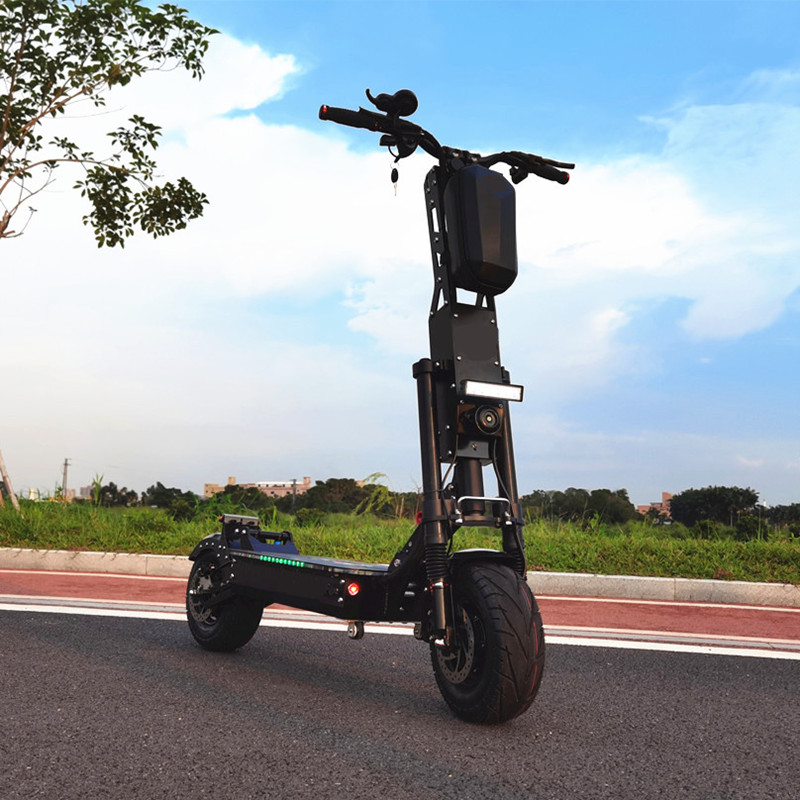Electric vehicles: the future means of green travel
As urban traffic congestion and environmental pollution problems become increasingly serious, more and more people are paying attention to green travel methods. As an environmentally friendly and low-carbon means of transportation, electric vehicles have gradually become a new choice for people to travel in recent years. This article will introduce the definition, classification, advantages and disadvantages of electric vehicles in detail to help everyone better understand this means of transportation.
- Definition of electric vehicles
An electric vehicle refers to a vehicle that uses electric energy as its power source and uses a motor to drive the wheels. Compared with traditional fuel vehicles and bicycles, electric vehicles are pollution-free, low-noise, and highly efficient, making them an ideal green travel tool.
- Classification of electric vehicles
According to the structure and driving mode of electric vehicles, they can be divided into the following categories:
- Folding electric bikes: These electric bikes are small in size and light in weight, making them easy to carry and store. Common folding electric vehicles include unicycles, two-wheelers, etc. They are suitable for short trips such as shopping, going to work, etc.
- Scooter: This is an electric scooter without pedals that relies on the movement of the human body’s center of gravity to move forward and brake. Scooters are suitable for short distance travel, but the speed is slow.
- Electric bicycle: An electric bicycle is an electric vehicle with a relatively complex structure and has two modes: pedal and motor drive. Electric bicycles are suitable for short- to medium-distance travel and are fast, but have a relatively short range.
- Electric motorcycles/electric mopeds: This type of electric motorcycle has two pedal and motor drive modes, which are faster and have a longer range. Electric motorcycles and electric mopeds are suitable for medium and long-distance travel, such as commuting to and from get off work, picking up children, etc.
- Electric vehicle: An electric vehicle is a vehicle that relies entirely on battery power, and its power source is the same as that of traditional fuel vehicles. Electric vehicles have the advantages of zero emissions and low noise, but their cruising range is relatively short and charging facilities are imperfect.
- Advantages and Disadvantages of Electric Vehicles
- Advantages:
(1) Environmental protection: Electric vehicles use electric energy as a power source, do not need to burn gasoline or diesel, and have no tail gas emissions, which is beneficial to improving air quality and slowing down global climate warming.
(2) Energy saving: The energy conversion efficiency of electric vehicles is higher than that of internal combustion engine vehicles, and they can use energy more effectively. In addition, electric vehicles have no instantaneous torque output during starting and acceleration, which reduces energy loss.
(3) Low noise: Electric vehicles have almost no noise pollution during driving, which is conducive to improving the urban noise environment.
(4) Easy maintenance: Electric vehicles have a simple structure, fewer parts, and lower maintenance costs. In addition, since there is no need to replace parts such as engine oil and spark plugs, the service life is long.
- Disadvantages:
(1) Limited cruising range: Most electric vehicles currently on the market have a cruising range of between 50 and 100 kilometers, which is not suitable for long-distance travel. Although some electric motorcycles and electric mopeds have longer ranges, they are still not comparable to traditional cars.
(2) Long charging time: Compared with the refueling time, the charging time of electric vehicles is long, especially when there are no fast charging facilities. Therefore, electric vehicles are more suitable for short-distance travel.
(3) Charging facilities are not perfect: Although governments and enterprises are increasing the construction of charging facilities, charging facilities across the country are still not perfect, which brings inconvenience to the use of electric vehicles.
(4) Higher price: Compared with traditional fuel vehicles, the price of electric vehicles is usually higher, especially products with high performance and high cruising range. This has deterred some consumers.
- Conclusion
In short, electric vehicles, as an environmentally friendly and low-carbon means of transportation, have good development prospects. With the continuous advancement of technology and policy support, it is believed that electric vehicles will occupy an increasingly important position in the future travel market. Let us wait and see and look forward to the possibility that electric vehicles will bring more convenience and green environmental protection to our lives.




